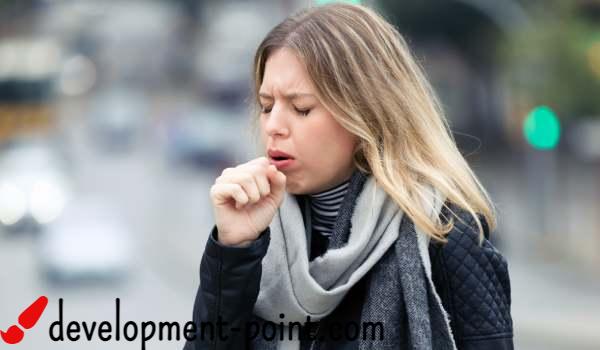First degree burns and ways to deal with them at home
Who among us has not suffered a light burn at home while cooking or otherwise, and these light burns are known as first-degree burns, and usually they can be treated easily, and below we show you how to deal with them at home, so follow us.
First degree burns
It is one of the most common types of burns that are exposed to, and first-degree burns in children and the elderly are the most common, and they are superficial burns, which affect only the first layer of the skin layers, and although they do not require treatment in most cases, Some burns may be large in size, which requires appropriate treatment.
First-degree burns can occur as a result of sunburn, exposure to hot water, chemicals, devices that help tan the body, or the use of lasers.
First-degree burn form
First-degree burns usually appear as a small area of skin that is different in color from the surrounding area. It may appear red on white people and reddish brown on darker skin.
These burns do not cause a break in the skin or the formation of bubbles, but they can cause a state of swelling and mild pain, and the following are the most important symptoms that may result from them:
Symptoms of first degree burns
The symptoms of these burns, whether they are first-degree burns on the face or in other parts of the body, can be as follows:
- Change and redness in the affected area.
- Feeling of pain that lasts for two to three days.
- Feeling hot when touching the affected area.
- Swelling of the affected area.
- Dryness of the skin.
- The occurrence of peeling of the skin.
- feeling itchy
First degree burn treatment
If the first-degree burns are small in size, they can be dealt with at home by doing the following:
- First, remove anything from the area, be it clothes, watches, or rings.
- Cool the burn by placing the affected area under running water, or you can use a cold compress (not ice) and place it on the burn for at least 10 minutes.
- Wash and clean the area very gently and gently, using mild soap and water that does not contain strong substances or fragrances.
- Avoid putting toothpaste, butter, or oil on burns, because such substances may cause a skin infection.
- Apply a layer of Vaseline on the affected area, and it can be applied at a rate of two to three times a day.
- Cover the area with a non-sticky bandage. The bandage should be sterile.
- In the event that a bubble is formed, do not pop it and leave it until it recovers completely without interfering, taking care to cover the area without pressure on it.
- Take care to protect the burn from exposure to sunlight.
- Make sure to drink a large amount of water daily.
AttentionYou should consult your doctor immediately if your burning has not improved within 48 hours, or if you feel that your burning is getting worse over time.
Ointment for burns of the first degree
Use ointments that contain lidocaine for treatment, and you can also use ointments and lotions that contain honey or aloe vera for treatment.
First degree burn medicine
Taking some types of analgesics such as acetaminophen (paracetamol) and ibuprofen can help during the treatment of first-degree burns, because it will help reduce the pain you may feel, and it can also help reduce the chances of inflammation and infection, and it is not recommended to use topical antibiotics In this type of burn.
First degree burn healing time
The duration of healing of first-degree burns usually depends on the area that was burned. There are burns that only take several days to heal, while some other burns may take a longer period of up to 20 days until the skin peels off completely and returns to normal, while some slight discoloration may remain. on the skin, but it eventually disappears.
Do burns of the first degree leave a trace?
First-degree burns usually do not cause any signs, because they do not penetrate the skin, but it is important to take some steps to avoid any trace, and this can be done through:
- Taking care of the affected area.
- Leave the skin to peel off naturally without trying to peel it off.
- Do not scratch the skin, even if you feel it.
- Use skin moisturizers to relieve itching.
And now, at the end of our article on first-degree burns, their appearance, and how they can be dealt with, we advise you to pay attention to burns and follow the tips we mentioned to avoid any problems and the need to visit a doctor if the condition does not improve, with our wishes for continued health and wellness.

